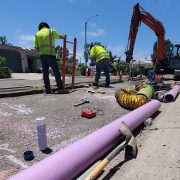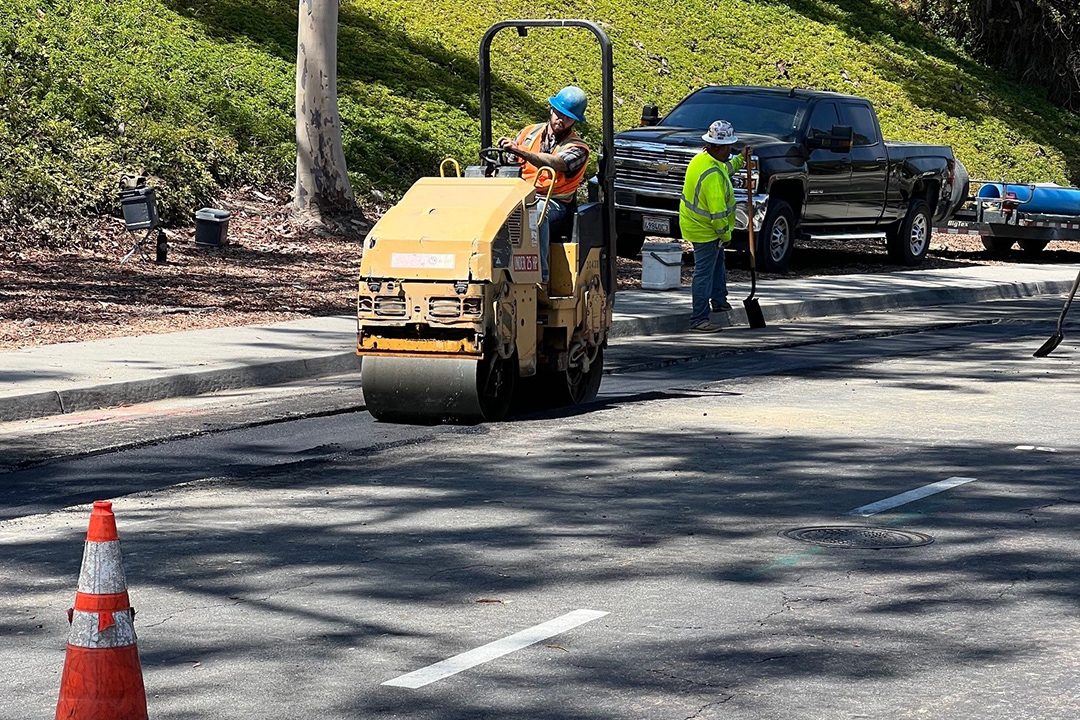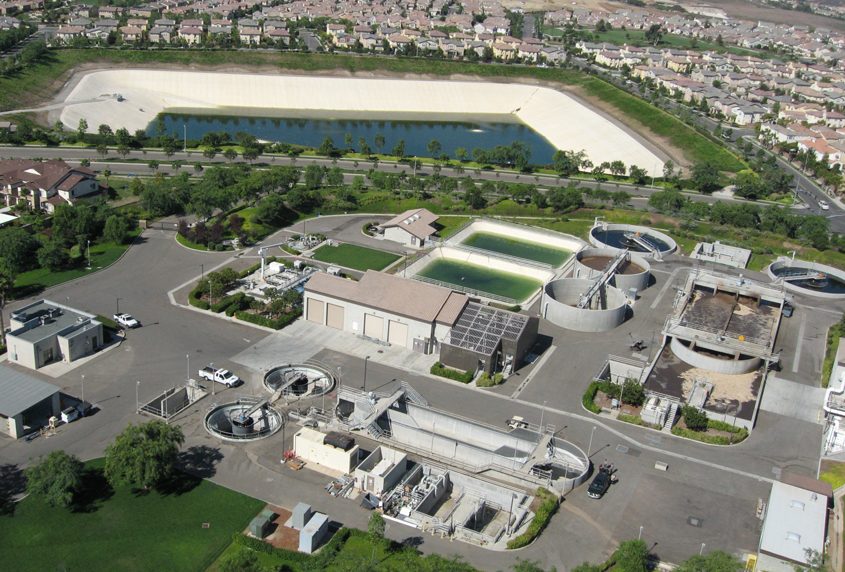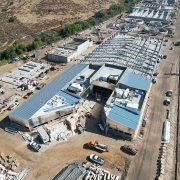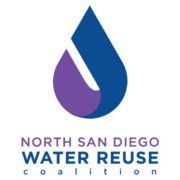Significant work has been completed on the East County Advanced Water Purification Program (East County AWP) since construction began more than two years ago in June 2022. Multiple milestones have been achieved through the first half of 2024, with construction continuing at multiple East County locations through 2025.
The East County Advanced Water Purification Program is an important water project for East San Diego County. When complete, it will deliver a clean, reliable and local water source.
Construction reached a significant milestone in July, completing 58% of the purified water pipeline installation. This 10-mile pipeline will transport purified water from north of Santee Lakes to Lake Jennings.
Elements currently under construction in parts of Santee and Lakeside include:
- Installing a 10-mile purified water pipeline
- Constructing wastewater/residual pipelines and pump station upgrades
- Building water treatment facilities, operations center, laboratory, and public education center
Work underway at Lake Jennings
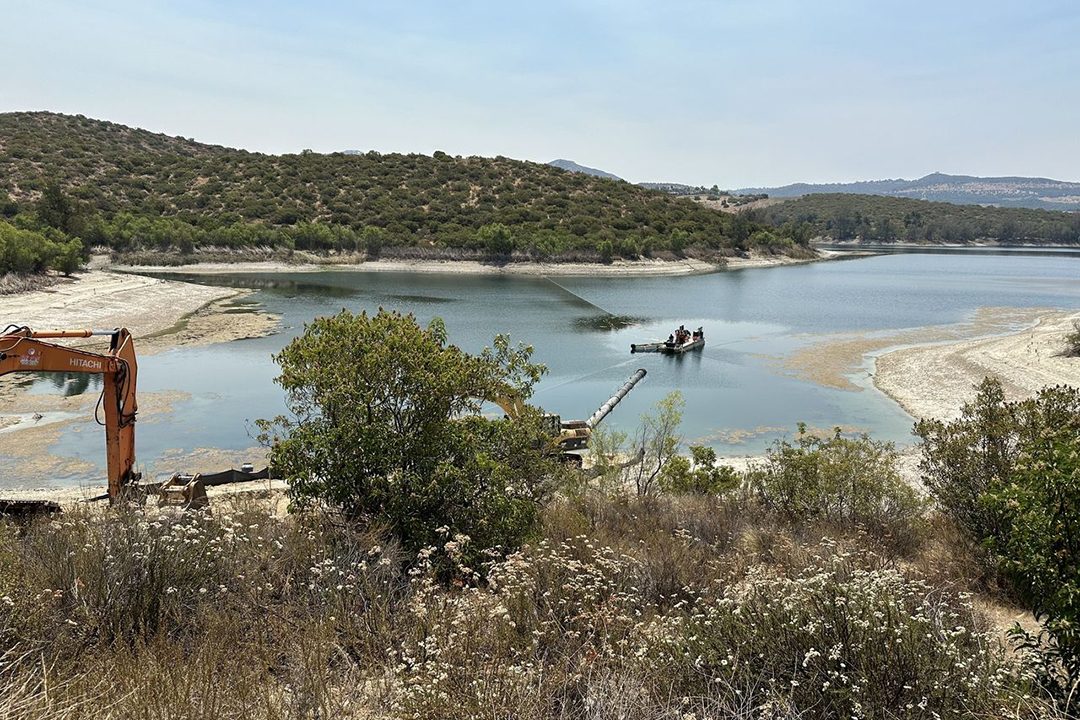
Lake Jennings is expected to be restored to full capacity later this summer. Photo: East County AWP
Crews are working to connect the purified water pipeline to Lake Jennings on the north end of the lake in Half Moon Cove. In April 2024, Helix Water District temporarily lowered Lake Jennings by approximately 23 feet to make this work possible. Helix completed its work on the reservoir’s outlet tower and is refilling the lake.
The lake is expected to be restored to full capacity later this summer. Click here for additional lake updates. Minor work nearby will require occasional, short-term closures of the Flume Trail.
Purified water is expected to start flowing into Lake Jennings in 2026. The water will mix with local and imported water, followed by treatment at the R.M. Levy Water Treatment Plant and then distributed to the community.
Treatment facilities taking shape
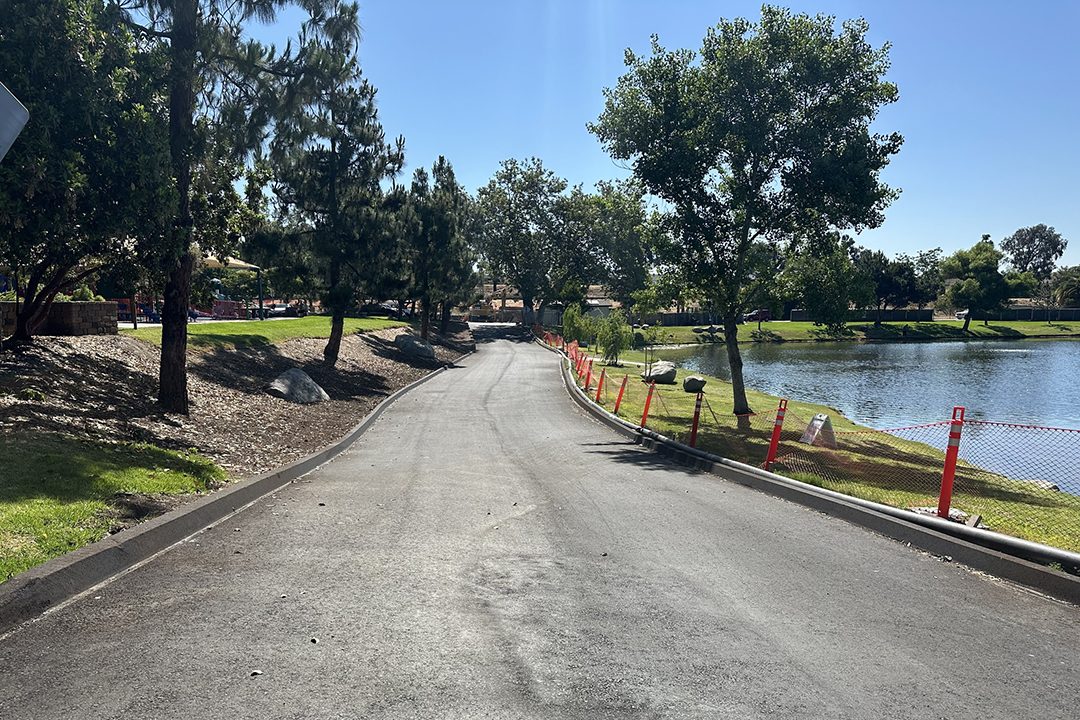
Roads have reopened at Lakes 3 and 4 at the Santee Lakes Recreational Preserve. Photo: East County AWP
Construction of the treatment facilities north of Santee Lakes is progressing, with roughly 80% of the concrete (42,000 cubic yards) poured. Once complete, 52,400 cubic yards of concrete will be used—enough to fill 16 Olympic-sized swimming pools.
The advanced water purification, water recycling and solids handling facilities are being built, as well as an operations center to house the operation controls, laboratory, and education center. The public will be invited to visit the interactive lobby and to tour the facilities once the program goes online.
Wastewater and residual pipelines currently under construction run parallel to each other and are each 3.5 miles long. They will connect the water recycling facility north of Santee Lakes to the pump station near the westbound onramp to Route 52.
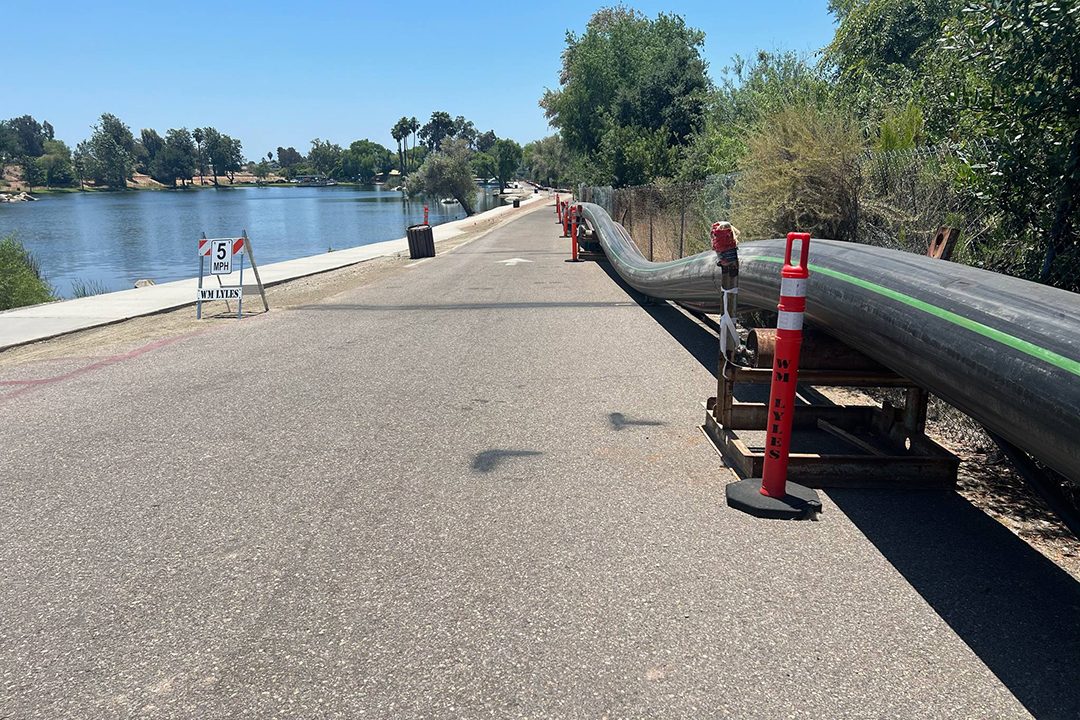
An example of a trenchless construction method called horizontal directional drilling. Photo: East County AWP
The residuals pipeline has been successfully installed under the Carlton Oaks Golf Course and San Diego River using a trenchless construction method called horizontal directional drilling. This method is used instead of digging a conventional open trench, minimizing environmental impacts.
More than 100,000 pounds of pulling force was required for this operation. The installation of the wastewater pipeline running parallel, using the same method, is anticipated by early 2025.
Water from this project will be provided to customers in Padre Dam Municipal Water District, Helix Water District, Lakeside Water District service areas, and the northern portion of the Otay Water District.
Traffic affected in Santee and Lakeside construction zones
Construction has affected traffic in several areas.
In Santee, wastewater pipeline construction is underway on Fanita Parkway near Lake Canyon Road. When traveling in the area, expect one-way traffic control with delays of up to five minutes. Flaggers are assisting drivers in navigating around the construction zone.
Elsewhere, purified water pipeline construction continues from Park Center Drive, heading west toward Fanita Parkway in Santee. Road paving is complete between Magnolia Avenue and Park Center Drive, and between Cambury Drive and Halberns Boulevard. All of this work has resulted in traffic control with lane closures.
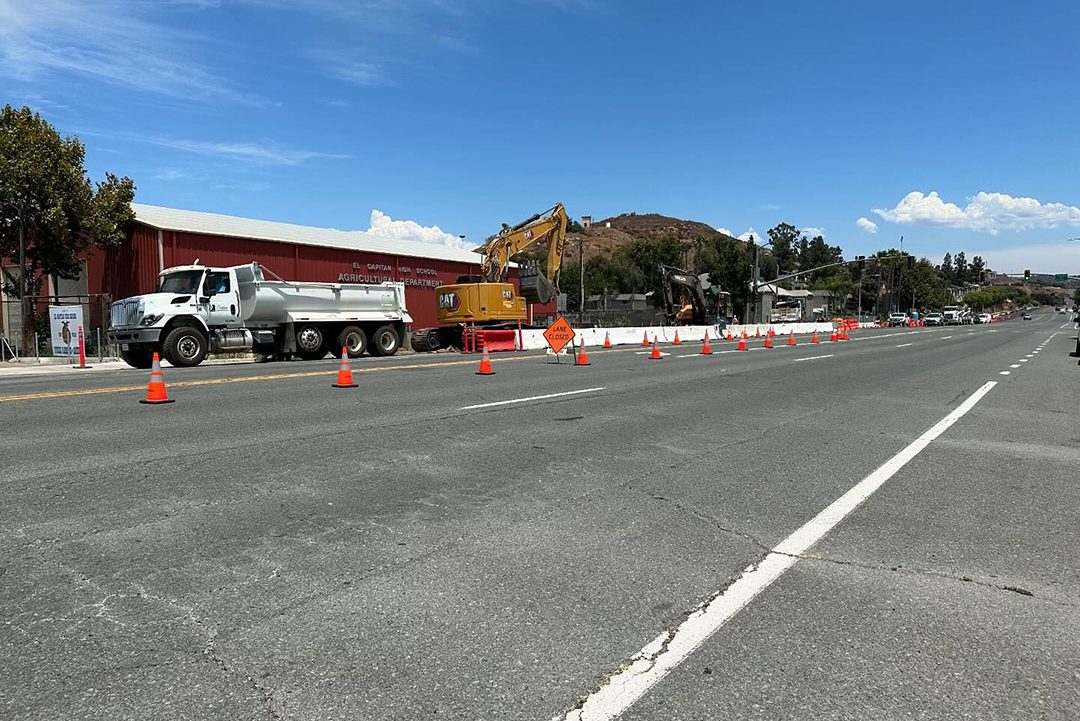
Drivers should plan additional traveling time on Mapleview and Ashwood Streets in Lakeside. Work will continue in this area over the next few weeks. Photo: East County AWP
In Lakeside, temporary traffic control with reduced lanes is also in place next to El Capitan High School. Drivers should plan additional traveling time on Mapleview and Ashwood Streets. Work will continue in this area over the next few weeks. On Riverside Drive, construction recently got underway near Rio Camino and is expected to last for the next couple of months.
Purified water pipeline installation along the Channel Road Bridge is complete. Crews will soon shift work locations to State Route 67 and on the west side of the freeway on Mapleview. Pipeline installation under State Route 67 will be achieved using another trenchless construction method called ‘jack and bore.’
To stay up-to-date with project schedules, community impacts, and work descriptions, check the East County Advanced Water Purification Program’s interactive map at www.eastcountyawp.com or visit @eastcountyawp on social media.

